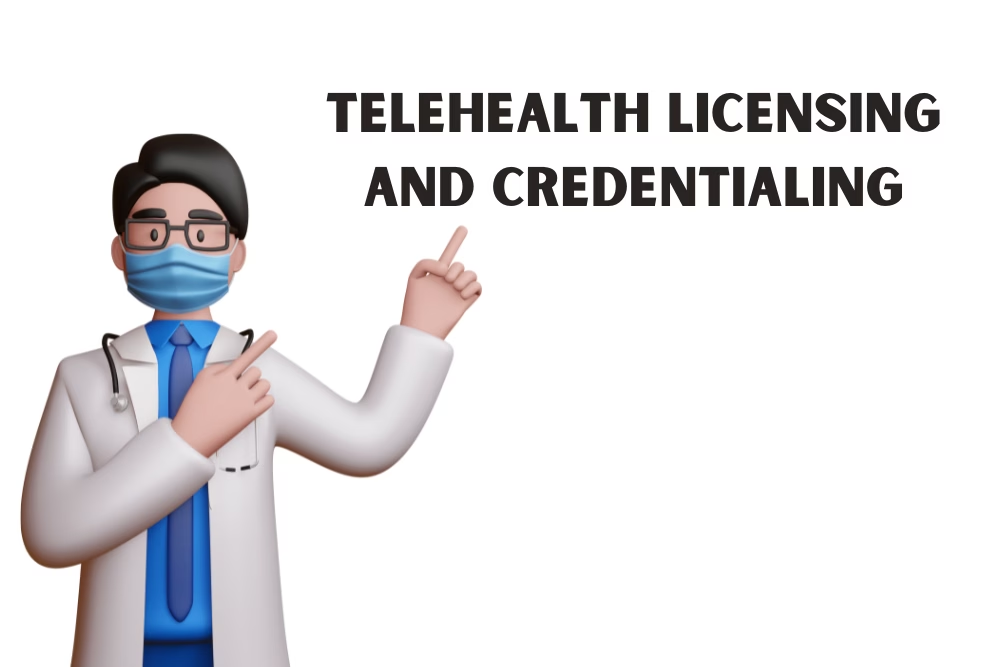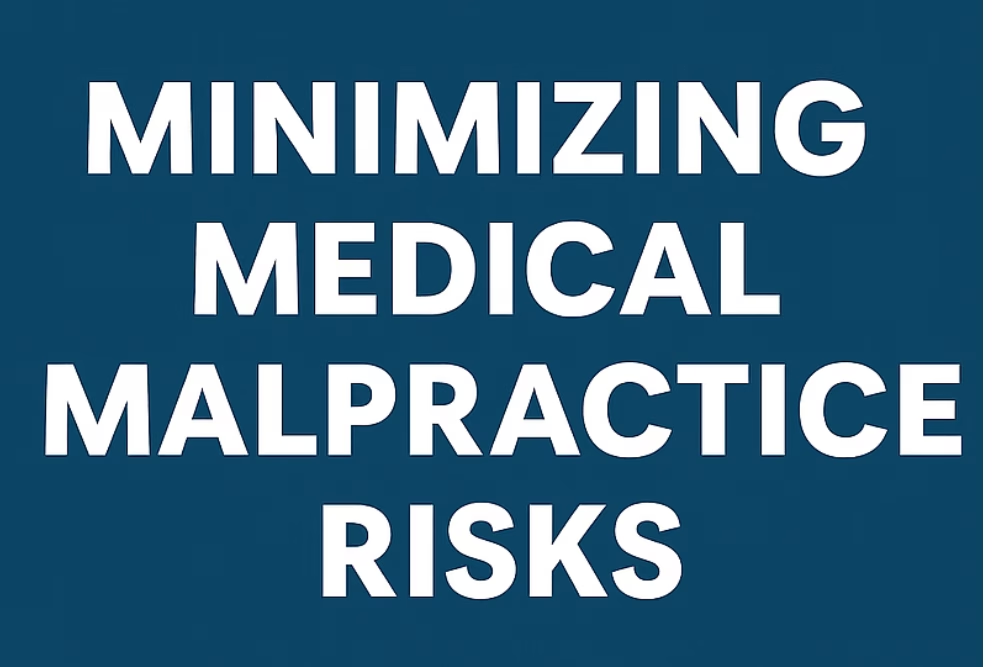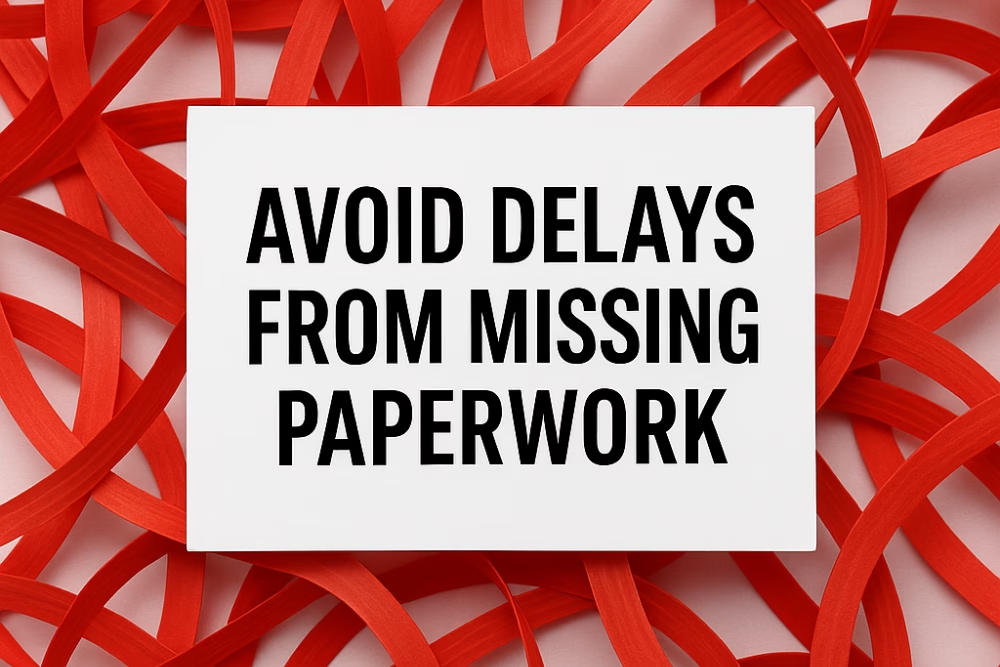The rise of telehealth has transformed the way care is delivered. What started as a temporary solution during the COVID-19 pandemic has become a permanent, thriving mode of care. For practice managers, healthcare providers, and clinic owners, getting telehealth licensing and credentialing right is no longer optional—it’s essential.
This updated guide explains the process, breaks down regulatory requirements, and outlines how to launch and scale a compliant virtual care program.
What is Telehealth Licensing and Credentialing?
Telehealth licensing and credentialing ensure that providers are authorized and qualified to deliver care virtually across state lines. It’s more than just verifying a medical license—it involves:
-
Confirming board certifications
-
Reviewing malpractice history
-
Ensuring regulatory compliance
-
Assessing provider readiness for digital care delivery
Each state has its telehealth laws, making the process complex and ever-changing. Understanding these differences is key to launching a legal and efficient program.
Key Elements for Building a Compliant Telehealth Program
1. Understand State Telehealth Laws
Each state defines telehealth differently and enforces unique rules for licensing, patient consent, prescription authority, and HIPAA compliance. Always check the latest regulations from state medical boards.
2. Streamline Credentialing Processes
Use digital tools and credentialing platforms to automate application tracking, document storage, background checks, and renewal alerts. This not only saves time but minimizes human error.
3. Choose the Right Technology
Opt for a HIPAA-compliant telehealth platform that offers:
-
Encrypted video conferencing
-
Integrated EHR access
-
Secure messaging and documentation tools
Ensure your staff is trained to operate the platform smoothly.
4. Train Your Team for Virtual Care
Successful telehealth isn’t just about technology—it’s about people. Train providers to:
-
Engage patients remotely
-
Navigate tech issues
-
Maintain a high standard of virtual bedside manner
5. Leverage the IMLC
The Interstate Medical Licensure Compact (IMLC) allows eligible physicians to apply for licenses in multiple states more easily. If your practice serves patients in different states, the IMLC can save time and reduce administrative burden.
6. Know Your Reimbursement Policies
Reimbursement rates and guidelines vary across payers. Stay up to date with CMS and private insurers to ensure you’re billing correctly for telehealth visits.
Steps to Telehealth Licensing & Credentialing
-
Submit Complete Applications
Include all required licenses, certifications, and documentation for review. Incomplete forms cause delays. -
Conduct Background Checks
Verify provider history, including any disciplinary actions, to meet payer and state requirements. -
Assess Tech Readiness
Ensure your providers are proficient with telehealth tools and understand HIPAA privacy protocols. -
Review for Compliance
Audit policies regularly to align with the latest state and federal regulations.
Staying Competitive in a Changing Telehealth Landscape
Telehealth is not static—it evolves fast. To stay ahead:
-
Reevaluate your program quarterly
-
Join professional organizations like the ATA (American Telemedicine Association)
-
Subscribe to regulatory alerts
-
Seek expert legal or credentialing guidance
Partner with eClinicAssist for Telehealth Success
Managing telehealth licensing and credentialing across multiple states doesn’t have to be complicated. At eClinicAssist, we help healthcare practices:
-
Navigate changing telehealth regulations
-
Complete credentialing and payer enrollment
-
Implement secure and scalable virtual care models
📞 Let us help your practice grow through virtual care.
Contact eClinicAssist today to streamline your telehealth licensing, credentialing, and compliance.







